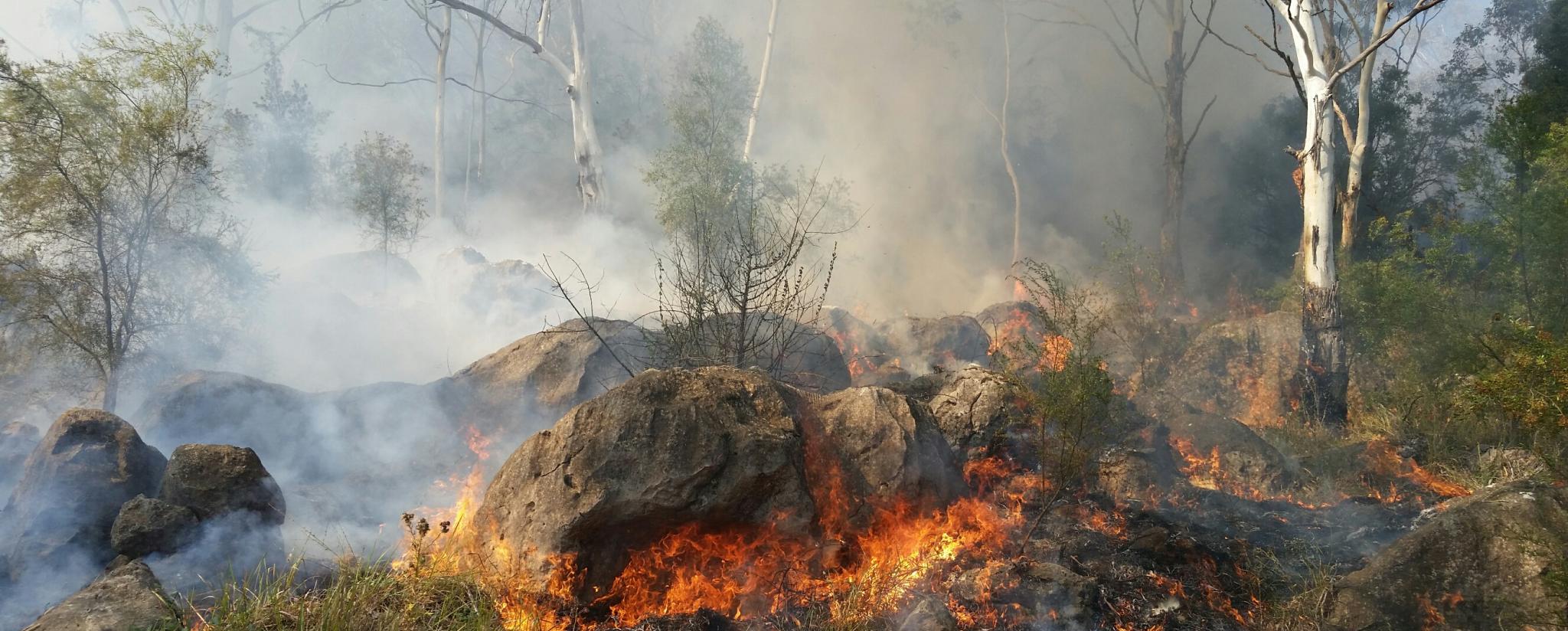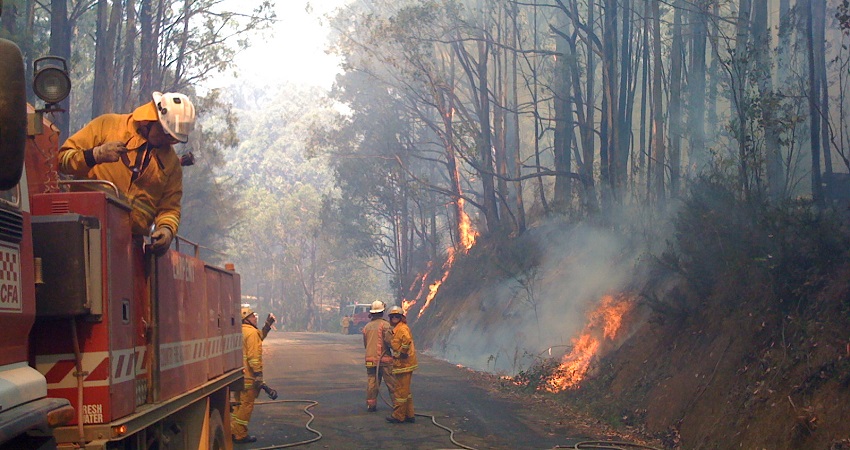Exactly How BAL Record Impacts Bush Fire Defense Procedures
In the realm of bush fire security, the Structure Strike Level (BAL) report stands as an important device that significantly influences the safety and security and durability of buildings in fire-prone locations - BAL Report. The influence of a BAL evaluation prolongs much past plain paperwork; it acts as the keystone for establishing the suitable building and construction criteria and fire protection steps needed to mitigate the dangers presented by bushfires. As neighborhoods grapple with significantly serious fire periods, recognizing exactly how the BAL report forms these safety steps becomes vital for homeowners, policymakers, and building contractors alike
Comprehending the Bushfire Strike Level

Relevance of BAL Record Evaluation

Additionally, the BAL record evaluation acts as a fundamental action in abiding by legal commitments and requirements associated with bushfire defense. Neighborhood councils and authorities typically mandate the submission of a BAL record as component of the preparation and building authorization process to make certain that properties are properly secured against bushfire threats. Falling short to conduct a comprehensive BAL report analysis can lead to inadequate defense actions, leaving residential properties vulnerable to devastating bushfire incidents.
Building Specifications Based on BAL
A detailed understanding of the Bushfire Assault Level (BAL) allows homeowner to execute building and construction criteria customized to their particular threat account. Building standards based upon BAL are essential in alleviating the impact of bushfires on properties. The BAL rating categorizes the prospective danger a residential property deals with during a bushfire on a range from BAL-Low to BAL-FZ (Flame Area) Each BAL level represents certain construction demands detailed in the Australian Conventional AS3959-2018 Construction of Buildings in Bushfire-Prone Areas. Properties identified as BAL-Low might just call for basic actions such as removing debris and keeping gardens, while those in greater BAL categories need even more robust steps like coal displays, fire-resistant materials, and sealed windows. Abiding by these building standards not only enhances the architectural resilience of the home but additionally improves the general safety and security of locals during a bushfire event. Therefore, residential property owners have to meticulously consider their BAL rating and follow the corresponding building and site link construction requirements to properly secure their passengers and homes.
Executing Fire Security Measures
With the structure of construction criteria based on Bushfire Strike Degree (BAL) in area, the focus currently shifts towards the sensible execution of fire defense measures to strengthen homes against bushfire hazards. Passive actions consist of making use of fireproof building products, installing ember guards on vents, securing spaces in wall surfaces and roof coverings, and preserving a clear space around the property free from combustible greenery. By incorporating both passive and energetic techniques, properties can dramatically decrease their susceptability to bushfire events and enhance the safety of owners.
Safeguarding Homes Versus Bushfires
Effectively protecting homes versus the harmful influences of bushfires calls for a proactive and extensive strategy to fire protection steps. Homeowners living in bushfire-prone areas should prioritize the implementation of different strategies to enhance their residential property's durability versus wildfires. One essential facet is producing a defensible area around the home by keeping a content clear zone totally free of combustible products. This includes routinely cutting vegetation, removing dead plants, and making certain a risk-free distance between trees and frameworks. Setting up fire-resistant roof products can additionally substantially lower the risk of coal strikes and straight flame call. Furthermore, securing voids and vents to avoid ember intrusion, in addition to including fireproof doors and home windows, can aid strengthen the home's defense against bushfires. Purchasing a reputable water resource, such as a properly maintained automatic sprinkler or a committed water container, is crucial for supplying water throughout fire emergencies - BAL Report. By embracing an aggressive position and incorporating these protective steps, homeowners can substantially raise their possibilities of securing their homes against bushfires.
Verdict
In conclusion, the Bushfire Strike Level (BAL) record plays a critical function in figuring out the needed defense steps against bushfires. By examining the BAL, building criteria can be customized to minimize the dangers and ensure the security of homes in fire-prone locations. Implementing fire protection procedures based upon the BAL record is necessary in securing buildings from prospective bushfire dangers. It is crucial for home owners to prioritize BAL assessments and stick to suggested construction standards to enhance bushfire strength.
In examining bushfire threat to residential properties, comprehending the Bushfire Assault Degree (BAL) is a critical component for carrying out reliable security measures. In general, a clear understanding of the Bushfire Attack Degree is essential for implementing adequate defense measures and minimizing the influence of bushfires on homes.
